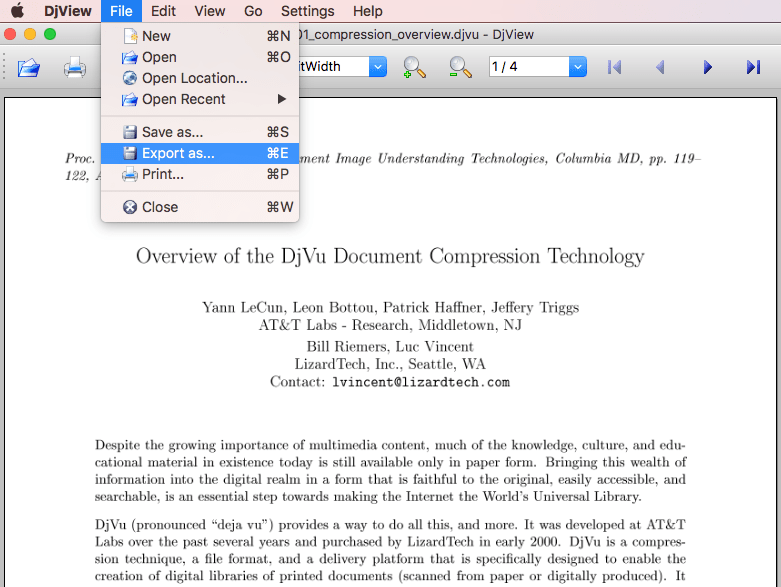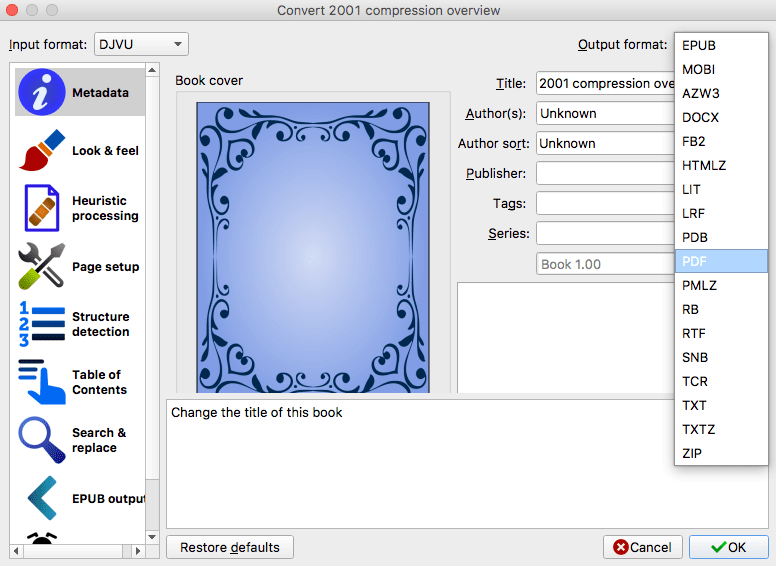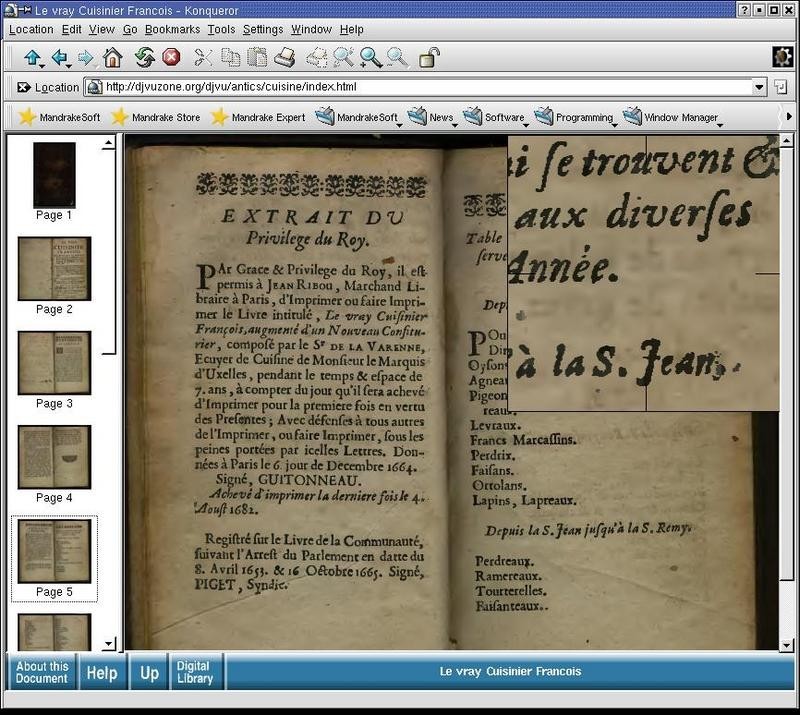
If you still want to use a photocamera - then it must have at least 16 Megapixels and you should press an opened book page with a glass - to flatten it prior to shooting. A CIS scanner is not good, because of a poor. For example, Epson Perfection is a good choice (I have Epson Perfection 1270). Because it results in the very poor-quality scans.īest of all is to purchase a flatbed CCD-scanner.

The Qt port uses up-to-date non-modified version of DjVuLibre tools, except for c44-fi.įor more details please check help files.Monday2000 wrote:By the way, in the Russian Djvu book-scanning community it is generally accepted that photocameras are completely not suitable for digitizing paper books. The project and sources are hereĭjvmcvt - the console utility for packing-unpacking the multypage DjVu-files to the separate pages.ĭjvused - for getting a DjVu-book structure, pages number information and for changing dpi in djvu files for some cases.ĭjvuextract - the console utility for disassembling single-page DjVu-files into the constituents (chunks).ĭjvumake - the console utility for assembling single-page DjVu-files from the constituents (chunks).ĭjvm - the console utility which collects the ready DjVu-pics into a temporary multypage DjVu-file (to show it later when View button is pressed). This port uses its crossplatform adaptation.

If you wish choose the encoding parameters: BSF or Background quality. If necessary you can manually edit any such number (by double-clicking on it). Each such number signifies the DjVu-page number where this loaded graphical file is going to be glued on (as an illuatration). In the column # the program automatically forms the numbers of the loaded files (based on their names). Open the background subscans either by choosing Open file(s) or Open folder. Prepare the subscans pairs in ScanKromsator 5.92 or ScanTailor. ScanKromsator 5.92 or ScanTailor -> subscans pairs -> background subscan -> DjVu Imager Usage: The subscans pairs are suggested to be created in the ScanKromsator or ScanTailor programs - although it can be done in any graphical editor.ĭjVu Imager is licensed under "GPL 2 and later" and has the open sourcecodes.ĭjVu Imager utilizes several console tools from DjVuLibre project.

The program accepts the background subscans from the specially prepared subscans pairs, converts each background subscan to a ready DjVu-pic and inserts them into a target DjVu-book (e.g. It is based on the combination of the background glueing and mask coloring methods.

Specifically - make a native version for Linux.ĭjVu Imager - is a program which creates the grey or color illustrations in a DjVu-book. The main idea was to make it more cross-platform. This is a port of DjVu Imager 2.9 by Alexey Kryukov (monday2000) from MFC to Qt 5.x.


 0 kommentar(er)
0 kommentar(er)
